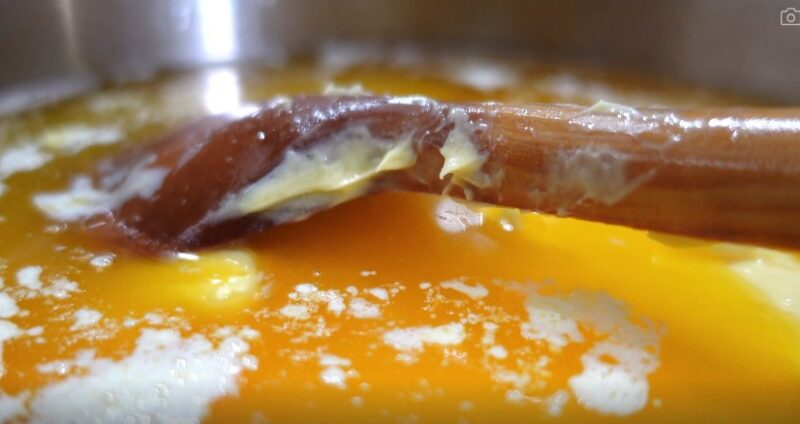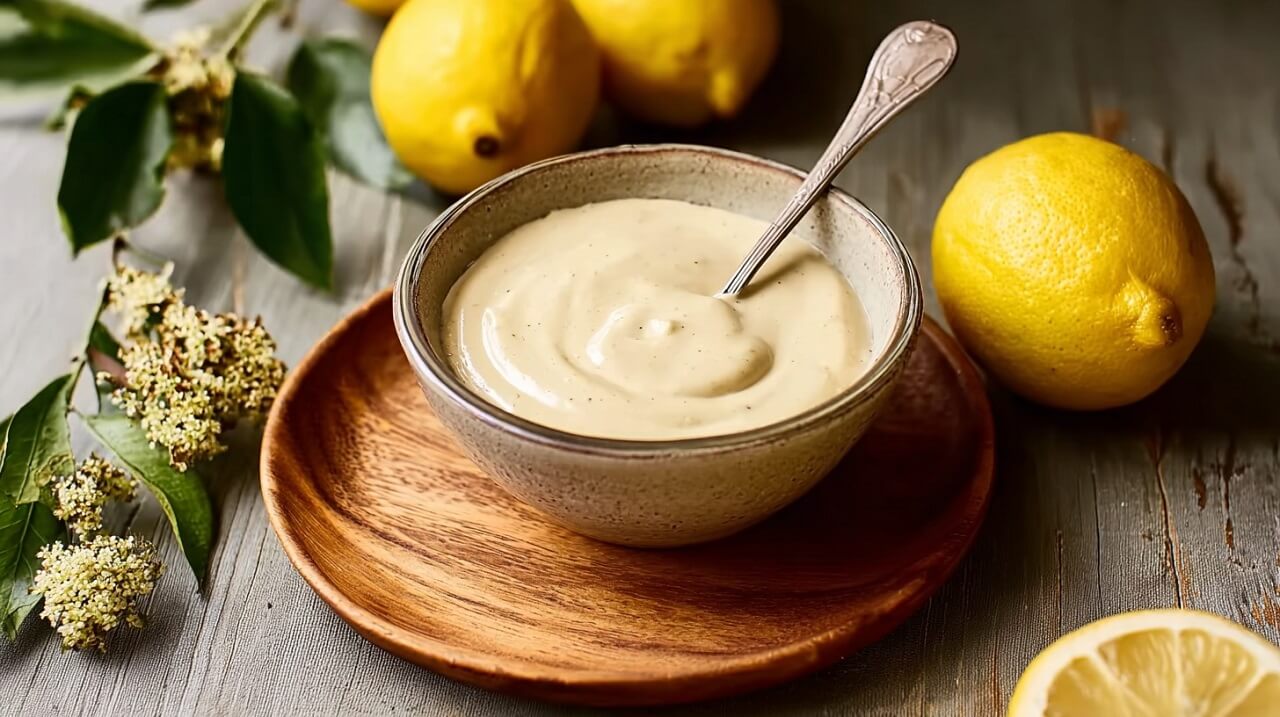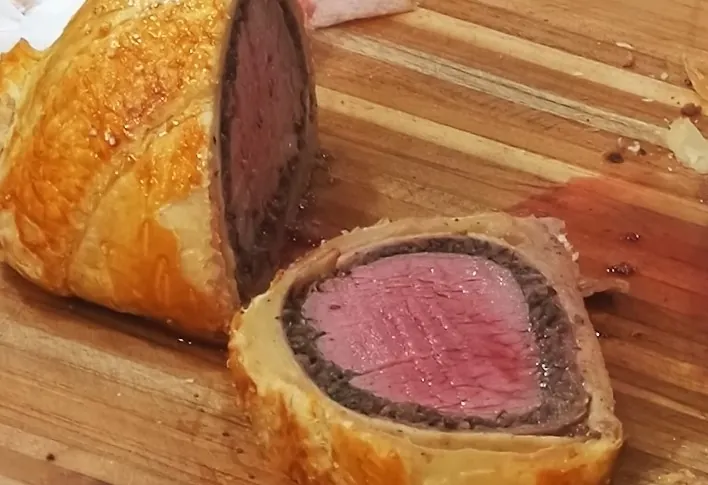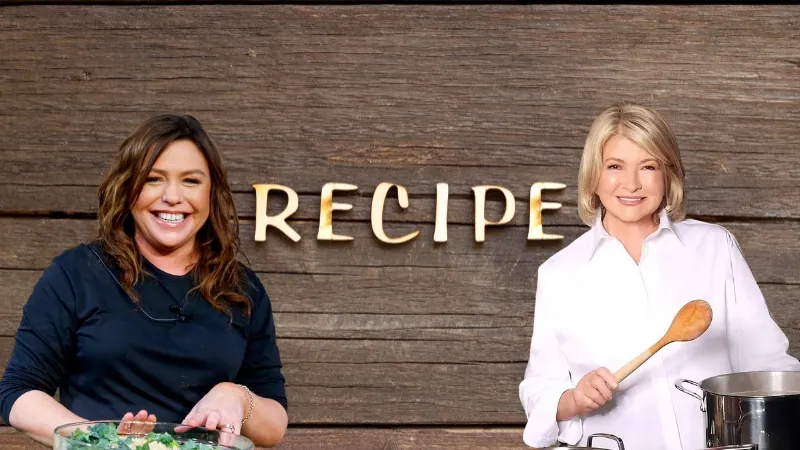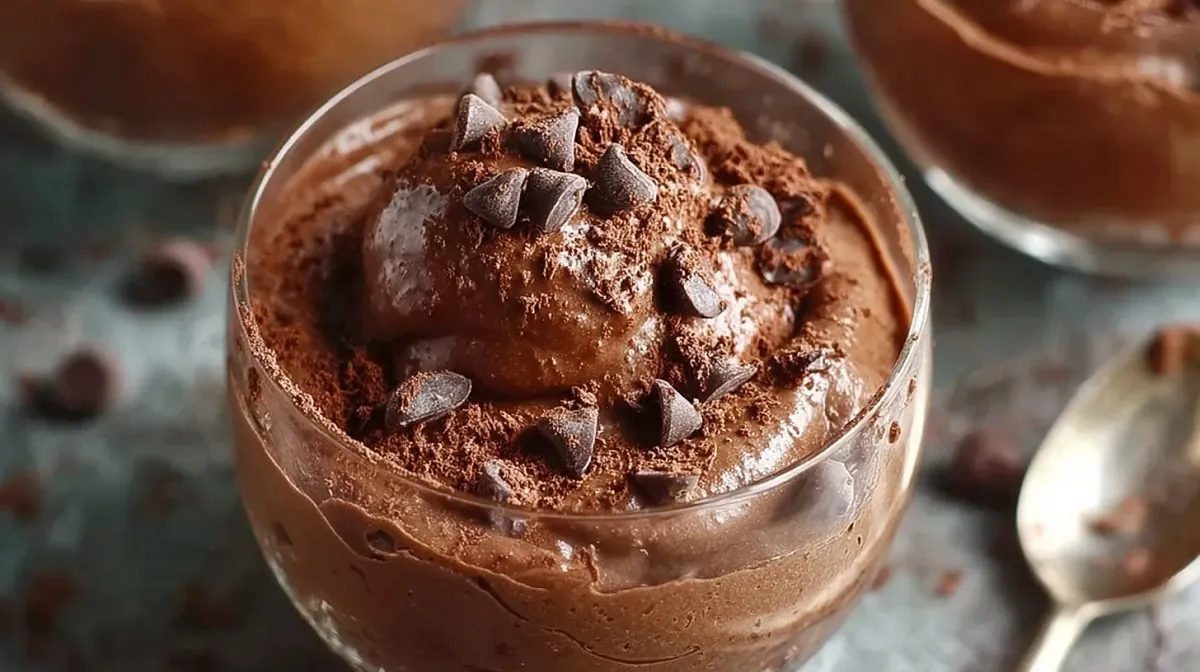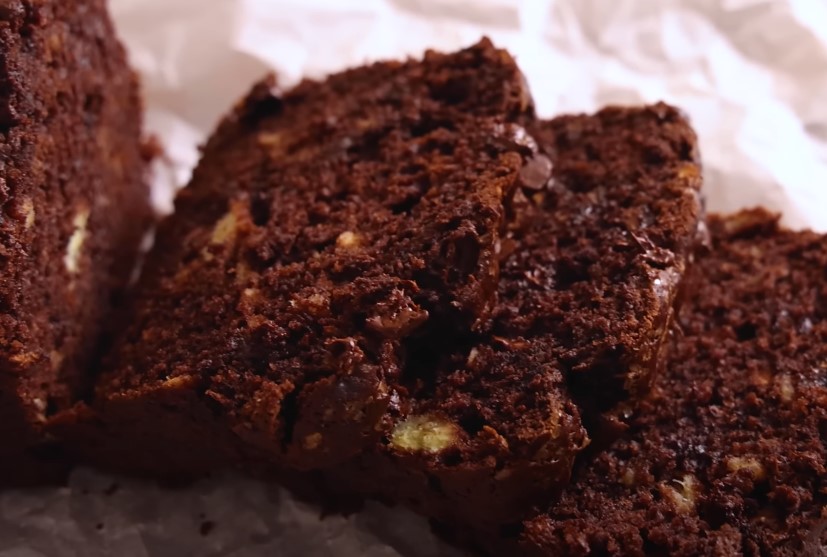There’s a reason why kitchens around the world are falling in love with ghee. Once a treasured staple mainly in South Asian and Middle Eastern homes, ghee — often called “liquid gold” — is now winning over home cooks and professional chefs everywhere. And honestly? It’s about time.
With its nutty, roasted aroma and a richness that plain butter just can’t touch, ghee brings a lot more to the table than flavor. It’s tough enough to handle high-heat cooking, lasts forever without much fuss, and even sneaks in some health perks.
If you’re ready to give your meals a serious upgrade, cooking with ghee is a move you won’t regret. Let’s break it down in a way that’s actually useful — no complicated jargon, no stiff lecture, just real tips, smart pairings, and the know-how to store it like a pro.
Table of Contents
ToggleThe Upgrade Your Cooking Didn’t Know It Needed
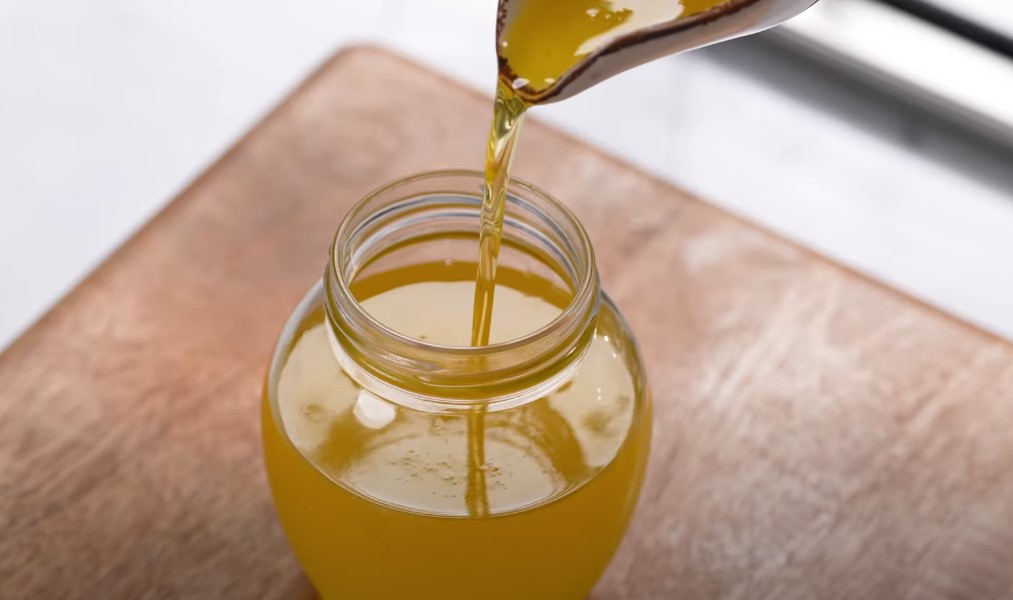
At its core, ghee is butter — but better. It’s made by gently simmering butter until the water evaporates and the milk solids separate and brown. What’s left is pure, golden fat with a rich, almost toasty flavor that regular butter could only dream of.
Unlike simple clarified butter (which is simmered less and tastes a little plain), ghee gets that extra depth from caramelizing the milk solids before straining them out. It’s also naturally free from lactose and casein, which makes it a lifesaver for a lot of people with dairy sensitivities.
Thanks to a sky-high smoke point — about 485°F — ghee laughs in the face of the temperatures that would turn butter into burnt sludge. It also stores beautifully, sometimes staying good for months without even needing the fridge.
But beyond the technical stuff, ghee has soul. In Indian kitchens, it’s stirred into steaming bowls of dal, spread lovingly on fresh chapatis, and poured over fragrant rice dishes.
In Ayurveda, it’s prized for its health-promoting properties, linked to digestion, immunity, and vitality. It’s not just an ingredient. It’s tradition, health, and flavor all rolled into one shimmering jar.
How to Cook with Ghee
If you’re used to butter or oil, working with ghee feels pretty intuitive. But there are some spots where it really shines and a few quirks to watch out for.
High-Heat Cooking
When it’s time to turn up the heat, ghee is your best friend. Its high smoke point means it stays stable and doesn’t burn easily.
- Sautéing: Swap your usual oil for ghee when you’re making scrambled eggs, stir-fried veggies, or searing mushrooms. It handles the heat like a champ and gives everything a buttery, toasty edge.
- Frying: Deep-frying samosas, battered shrimp, or homemade potato chips in ghee gives them an unbeatable crispness — no weird aftertaste, just pure flavor.
- Roasting and Grilling: Brush ghee onto chicken, lamb, or even sweet potatoes before roasting. It clings beautifully and helps develop that crave-worthy crust.
Baking
In baked goods, you can usually substitute ghee 1:1 for butter. Cookies, brownies, and cakes take on a subtle nuttiness that’s hard to describe but easy to love.
It’s especially magic in spiced desserts — think apple pancakes, carrot muffins, or oatmeal cookies.
Tip: Because ghee melts quickly, it doesn’t behave the same in recipes where butter needs to stay cold and solid, like puff pastry or croissants. Save it for simpler bakes.
Tempering Spices
If you’ve ever eaten an Indian dish that made your kitchen smell like heaven, chances are it started with ghee and spices. In a technique called tadka, spices like cumin, coriander, and mustard seeds are briefly bloomed in hot ghee.
The fat extracts and amplifies their flavors, turning a basic lentil stew into something layered and magical. Use ghee to temper spices before adding them to dal, soups, or rice — even a quick drizzle over plain white rice can change the game.
Everyday Touches
Don’t save ghee for fancy moments.
- Spread it on toast instead of butter.
- Toss it over popcorn with a pinch of salt.
- Drizzle it onto roasted vegetables like carrots, brussels sprouts, or squash.
A spoonful here and there adds depth you didn’t even know you were missing.
Flavor Pairings That Make Ghee Shine
Ghee’s roasted, nutty notes are surprisingly versatile. Pair it smartly, and it won’t just support your flavors — it’ll elevate them.
Spices
Ghee and spices are a match made in culinary heaven.
- Turmeric + Cumin + Coriander: Classic Indian base flavors that sing when bloomed in ghee.
- Saffron: A little goes a long way; infuse ghee with saffron for luxurious rice dishes or desserts.
- Cardamom and Cinnamon: Add to oatmeal or pancakes for a warm, cozy kick.
Bonus: Heating spices in ghee doesn’t just taste better — it also boosts nutrient absorption (thanks, Ayurveda).
Vegetables
Vegetables roasted or sautéed in ghee get an instant glow-up.
- Roasted carrots, cauliflower, and potatoes get caramelized edges and deep flavor.
- Greens like kale, spinach, and chard love a quick sauté in ghee, turning silkier and more flavorful.
Meats and Seafood
Searing proteins in ghee is almost unfair — they come out richer, juicier, and perfectly browned.
- Chicken thighs, lamb chops, and steak sear like a dream without sticking.
- Shrimp and lobster practically demand a quick ghee bath before hitting your plate.
Sweet Dishes
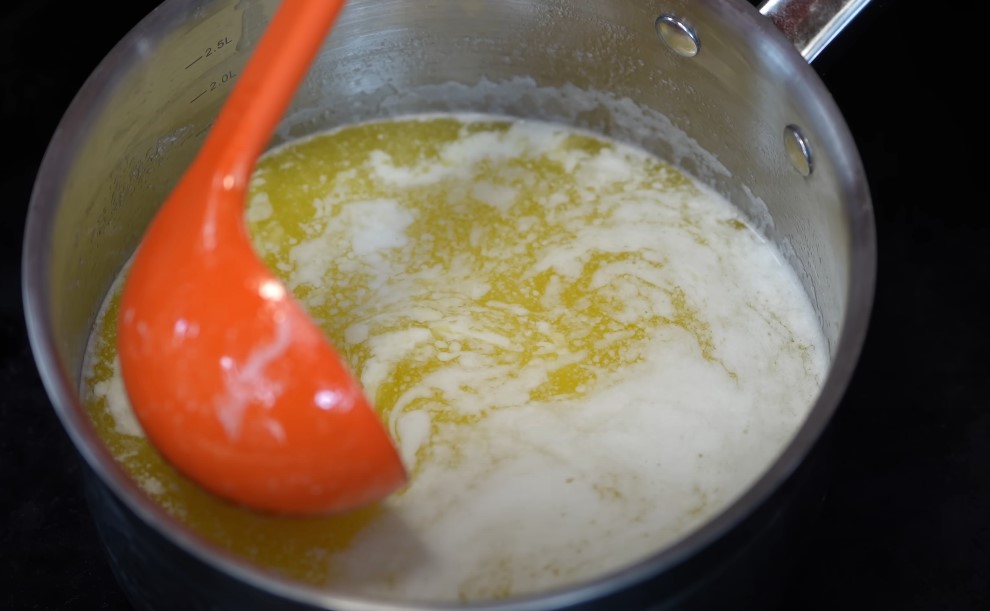
Ghee doesn’t stop at savory.
- Stir it into oatmeal or porridge.
- Bake it into spiced cookies, muffins, or rustic cakes.
- Drizzle it over waffles or pancakes with a sprinkle of cinnamon sugar.
In Indian cooking, sweets like halwa and laddoo owe much of their irresistible richness to ghee.
Herbs and Infusions
Take your ghee even further by infusing it:
- Garlic + Rosemary: For potatoes, lamb, or bread dipping.
- Turmeric + Black Pepper: For golden ghee that’s as healing as it is tasty.
- Chili Flakes: For a spicy finishing touch on pasta, tacos, or roasted veggies.
Pro Tips for Cooking with Ghee
- Make Your Own: If you’ve got good-quality unsalted butter, you’ve got the start of great homemade ghee. Melt it slowly, skim off the foam, let the solids brown gently, strain it, and you’re done. Bonus: your kitchen will smell incredible for hours.
- Cook Smart: Ghee’s great for high heat, but still don’t blast it too long — once it starts smoking hard, you’re overdoing it.
- Use Thoughtfully: At about 112 calories per tablespoon, ghee is energy-dense. Worth every calorie? Absolutely. But a little goes a long way.
- Explore Varieties: Cultured ghee has a slight tang that’s amazing in savory dishes. Spiced ghees (think garlic, turmeric, or chilies) can simplify your cooking even more.
How to Store Ghee So It Stays Perfect
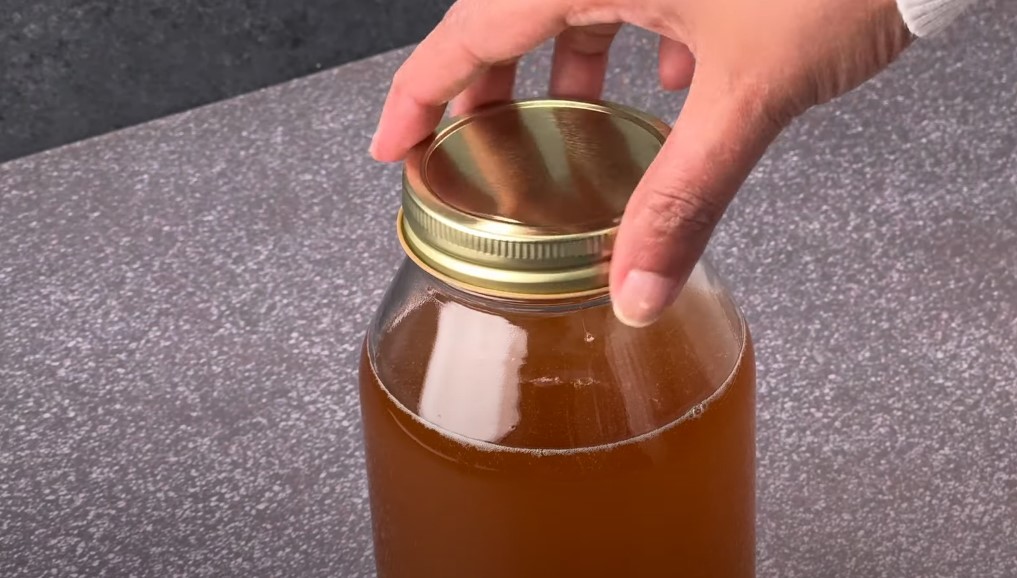
One of the best things about ghee? It’s super low maintenance.
| Storage Method | Duration | Notes |
| Room Temperature | Up to 3 months | Airtight jar, cool, dark spot |
| Refrigeration | Up to 1 year | Good for humid climates |
| Freezing | Indefinite | Use airtight container |
- Keep It Clean: Always use a clean spoon to scoop out ghee. Introducing moisture or crumbs shortens its life.
- Avoid Heat: Don’t store ghee near the stove. Heat fluctuations can mess with its texture and flavor.
- Watch for Signs: If it smells sour or develops weird colors, it’s time to toss it.
Why More Cooks Are Reaching for Ghee
When you line up ghee’s advantages, it’s kind of a no-brainer.
- Flavor: Deep, nutty, almost caramelized — a game-changer for both sweet and savory dishes.
- Performance: With a smoke point higher than many oils, it’s unbeatable for high-heat cooking.
- Convenience: Shelf-stable and travel-friendly, it’s perfect for camping trips or small kitchens.
- Nutrition: Loaded with fat-soluble vitamins and gut-friendly butyric acid. Plus, it’s lactose-free for most people.
Of course, it’s still a saturated fat, so moderation matters — especially if you’re keeping an eye on heart health. Some studies even suggest olive oil might be a better everyday choice for certain people, particularly those managing cholesterol.
Wrapping It Up
Ghee isn’t just a trend. It’s an old-world kitchen secret that’s finally getting the recognition it deserves. Whether you’re spicing up your veggies, searing meats to perfection, or slipping an extra layer of flavor into your baking, ghee makes it all taste — and feel — a little more special.
Keep it on your counter. Learn its strengths. Play with its flavor pairings. Your cooking will never be the same — in the best way.

